Hydropower

HAGEMAN'S HYDRO POWER BILL SPARKS DEBATE OVER ENERGY, ECONOMY AND ENVIRONMENTAL TRADE OFFS.
The future of hydropower in the American West is at a critical crossroads as new legislation targets policies that reduce electricity generation at Glen Canyon Dam. This vital clean energy source faces challenges from environmental measures aimed at protecting native fish species, which have led to water flow changes that decrease power output. With demand for reliable and flexible energy sources surging especially as renewable options like wind and solar expand maintaining hydropower’s role in the grid is more important than ever. Reduced hydropower generation risks higher energy costs, increased reliance on fossil fuels, and strain on power grids during peak demand. The debate over balancing ecosystem preservation with energy security highlights the complexities of sustaining America’s energy future while keeping power affordable and dependable for millions.
- 6 months, 3 weeks

UNIPER SELLS HYDROPOWER OUTPUT THROUGH 2027 AS PART OF HEDGING STRATEGY.
German utility Uniper has announced the sale of significant portions of its future hydropower output as part of a hedging strategy to manage price volatility and secure favorable production prices. For 2026, Uniper sold 30% of its German hydropower output at an average price of 86 euros per megawatt hour (MWh), and 5% of its 2027 output at 80 euros/MWh, slightly below the current wholesale market rates. This hedging approach helps the company mitigate unpredictable market fluctuations caused by varying fuel prices and weather patterns. Additionally, Uniper has sold 80% of its 2025 German hydropower at 121 euros/MWh, reflecting a significant price increase from previous years. In the Nordic region, the company sold 40% of its 2026 nuclear and hydropower output and 25% of its 2027 output at an average price of 38 euros. Compared to sector peer Vattenfall, which secured slightly higher prices for similar future outputs, Uniper’s strategy demonstrates a proactive effort to stabilize its energy revenue. While this announcement focuses on hydropower and nuclear energy, Uniper also operates other generation assets like coal, gas, wind, and solar across Europe.
- 6 months, 3 weeks

TANZANIA’S HYDROPOWER PROJECT REACHES 99.55PC COMPLETION.
The 2,115 MW Julius Nyerere Hydropower Project is nearly complete, with 99.55% of the work finished, and five turbines are already contributing 1,175 megawatts to Tanzania's national grid. Once fully operational, the project will produce 2,115 megawatts of electricity, supporting the country's energy needs and fulfilling the vision of Tanzania’s first President, Julius Nyerere.
- 11 months, 2 weeks

TANZANIA: FIFTH JNHPP TURBINE TO GO LIVE SOON AS STATION'S COMPLETION NEARS.
The Julius Nyerere Hydropower Project in Tanzania is nearing completion, with the activation of its fifth turbine and the full operation of all nine turbines expected by mid-2025, generating over 2,100 megawatts of electricity. The project will not only meet domestic power demand but also position Tanzania as a regional energy hub, supporting economic growth and regional energy trade.
- 1 year

UAE'S HATTA HYDROPOWER PLANT NEARS OPERATION.
The UAE's Hatta Hydropower Plant, the first of its kind in the Arabian Gulf, is nearing completion with trial operations expected in early 2025, and will generate 250 MW of clean energy. The project is part of Dubai's broader efforts to meet its 2050 clean energy goals, enhancing sustainability and contributing to global climate action.
- 1 year
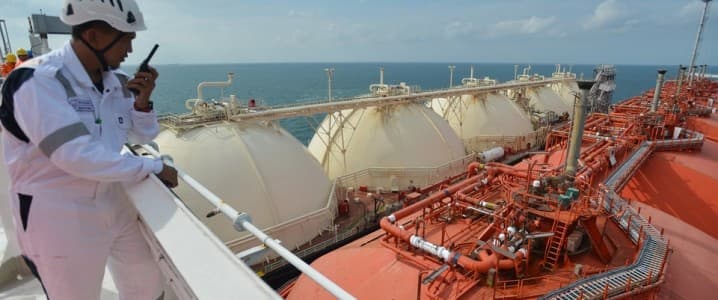
HYDROGEN MARKET GAINS MOMENTUM THROUGH GLOBAL AUCTIONS AND INVESTMENTS.
Hydrogen projects in Europe are delayed due to regulatory and financial challenges, but global efforts, including auctions by H2Global, are helping create a market for green hydrogen. These auctions aim to secure long-term contracts and reduce risks, attracting more investment in the sector.
- 1 year
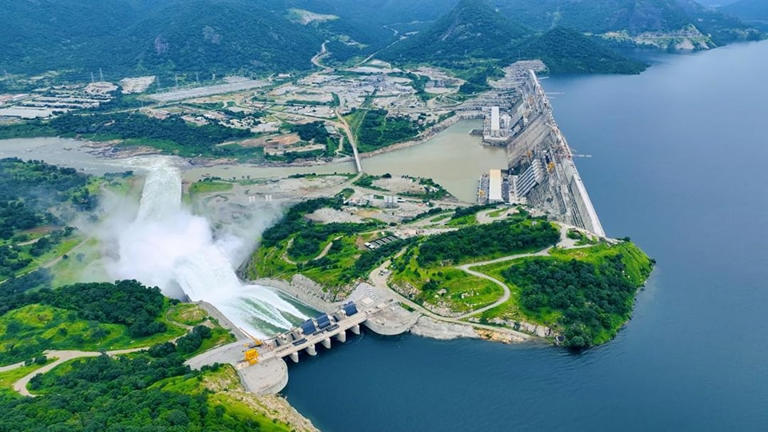
POWERING AFRICA: 6,450-MW ETHIOPIAN DAM TO HARNESS NILE WATERS FOR ENERGY.
The Grand Ethiopian Renaissance Dam (GERD) aims to be Africa's largest hydroelectric facility, boosting Ethiopia's economy but raising regional tensions with Egypt and Sudan over water rights. Its success hinges on Ethiopia managing relationships with downstream nations effectively.
- 1 year, 1 month
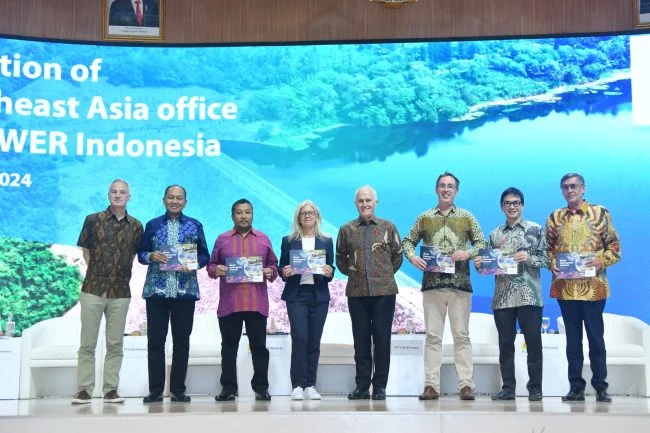
2024 WORLD HYDROPOWER OUTLOOK LAUNCHED IN SOUTHEAST ASIA AS IHA OPENS REGIONAL OFFICE.
The International Hydropower Association (IHA) has launched the 2024 World Hydropower Outlook in Southeast Asia alongside its new Jakarta office, in partnership with the Indonesia Hydropower Association and PLN, to promote sustainable hydropower development. The report highlights ambitious hydropower capacity targets for countries in the region, including Indonesia’s plan to increase capacity to 72 GW by 2070, while the office aims to facilitate collaboration and knowledge-sharing to support renewable energy goals.
- 1 year, 2 months
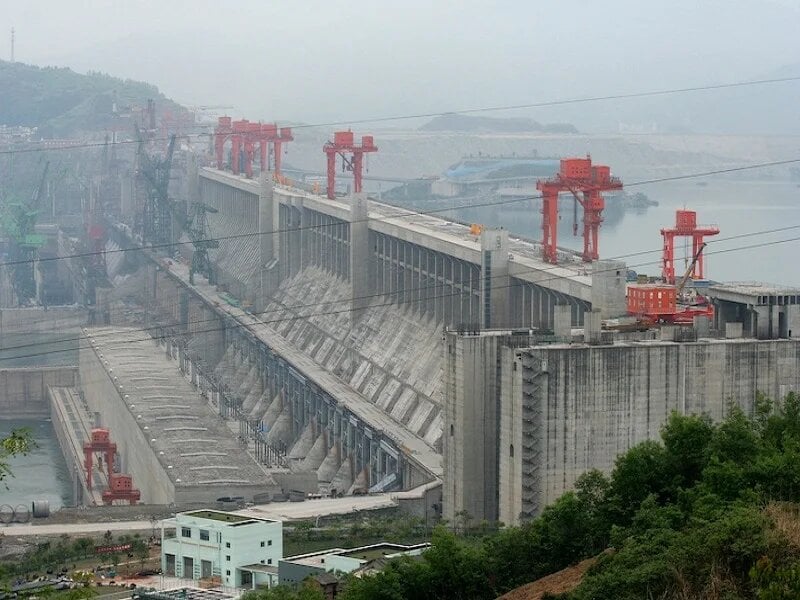
THE LARGEST HYDROELECTRIC STATION IN THE WORLD.
The Three Gorges Dam, the world's largest hydroelectric plant, generates vast amounts of clean electricity. Completed in 2008, it is located on the Yangtze River and boasts a capacity three times that of the Grand Coulee Dam.
- 1 year, 6 months

Julius Nyerere Hydro Power Project to start any time by next week
POWER generation at the 2,115-megawatt Julius Nyerere Hydropower Project (JNHPP) may start any time next week following an increase in water level.
- 2 years, 6 months

CAMEROON: The Nachtigal dam will produce its first MW by the end of 2023
In Cameroon, the Nachtigal hydroelectric project will soon enter its operational phase, since the work is almost complete. The plant will be fully operational in 2024.
- 2 years, 6 months
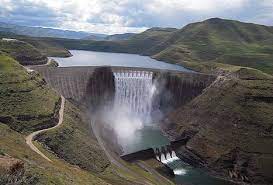
MOZAMBIQUE: To Construct 1,500 MW Of Hydropower Project
The Mozambican authorities pre-select seven companies to finance the Mphanda Nkuwa hydroelectric dam in central Mozambique
- 3 years, 1 month

Postponing The Opening of The Tanzania Dam Hinders The Electric Train Project
Postponing the opening of the Tanzania dam hinders the electric train project.. Egypt demands compensation
- 3 years, 6 months

ZAMBIA - Faces electricity crisis
"There has been loss of generation at Kariba North Bank hydropower station and this has affected supply to a large geographical area of the country," said spokesman John Kunda....
- 3 years, 11 months

Tanzania Hydropower Potential
Tanzania’s interconnected grid system has an installed capacity of 1,501 MW, of which 41.54% is hydropower
- 4 years
